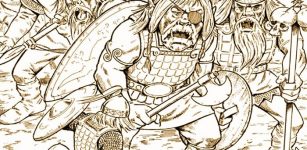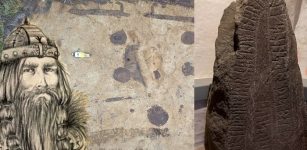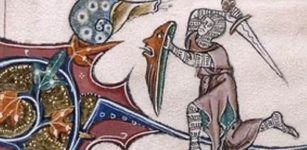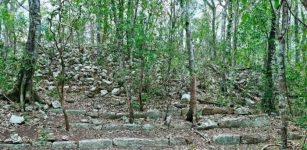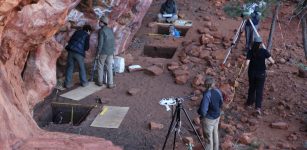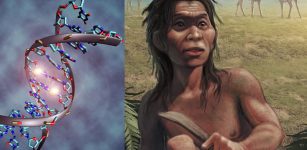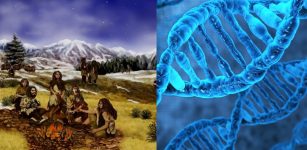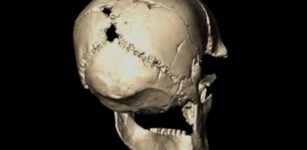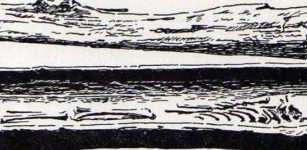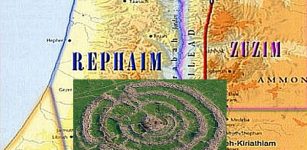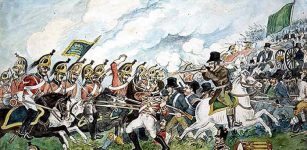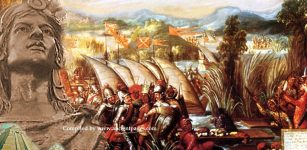DNA Of Nine 13th Century Crusaders Provides A Glimpse Into Soldiers’ Life And Death
Conny Waters - AncientPages.com - The DNA of nine 13th century Crusaders buried in a pit in Lebanon shows that the soldiers making up the Crusader armies were genetically diverse and intermixed with the local population in the Near East.
However, they didn't have a lasting effect on the genetics of Lebanese people living today, researchers say.
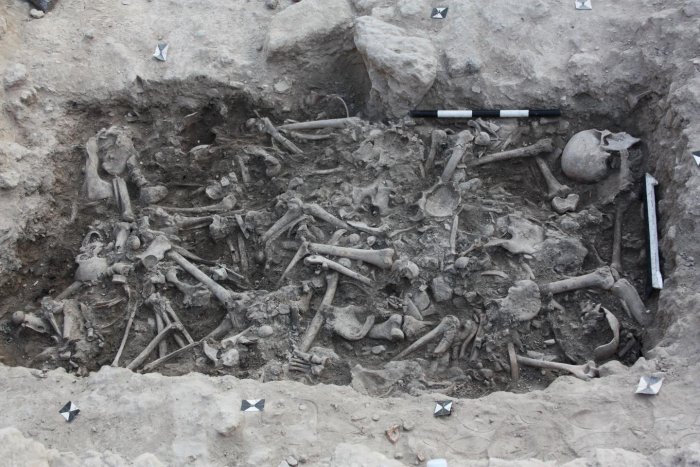 The bones of the Crusaders found in a burial pit in Sidon, Lebanon. Credit: Claude Doumet-Serhal
The bones of the Crusaders found in a burial pit in Sidon, Lebanon. Credit: Claude Doumet-Serhal
"We know that Richard the Lionheart went to fight in the Crusades [religious wars fought between 1095 and 1291], but we don't know much about the ordinary soldiers who lived and died there, and these ancient samples give us insights into that," senior author Chris Tyler-Smith, a genetics researcher at the Wellcome Sanger Institute, said in a press release.
"Our findings give us an unprecedented view of the ancestry of the people who fought in the Crusader army. And it wasn't just Europeans," says first author Marc Haber, also of the Wellcome Sanger Institute. "We see this exceptional genetic diversity in the Near East during medieval times, with Europeans, Near Easterners, and mixed individuals fighting in the Crusades and living and dying side by side."
Remains of 25 individuals, found in a burial pit near a Crusader castle near Sidon, Lebanon, were analyzed by Tyler-Smith, Haber, and their colleagues and the results show the warriors who died in battle in the 1200s.
Researchers have sequenced the DNA of nine Crusaders and found that three were Europeans, four were Near Easterners, and two individuals had mixed genetic ancestry. The Crusaders' genetic traces are insignificant in people living in Lebanon today.
"They made big efforts to expel them, and succeeded after a couple of hundred years," says Tyler-Smith.
See also:
This ancient DNA can tell us things about history that modern DNA can't. In fact, when the researchers sequenced the DNA of people living in Lebanon 2,000 years ago during the Roman period, they found that today's Lebanese population is actually more genetically similar to the Roman Lebanese.
"If you look at the genetics of people who lived during the Roman period and the genetics of people who are living there today, you would think that there was just this continuity. You would think that nothing happened between the Roman period and today, and you would miss that for a certain period of time the population of Lebanon included Europeans and people with mixed ancestry," says Haber.
Written by Conny Waters – AncientPages.com Staff Writer

